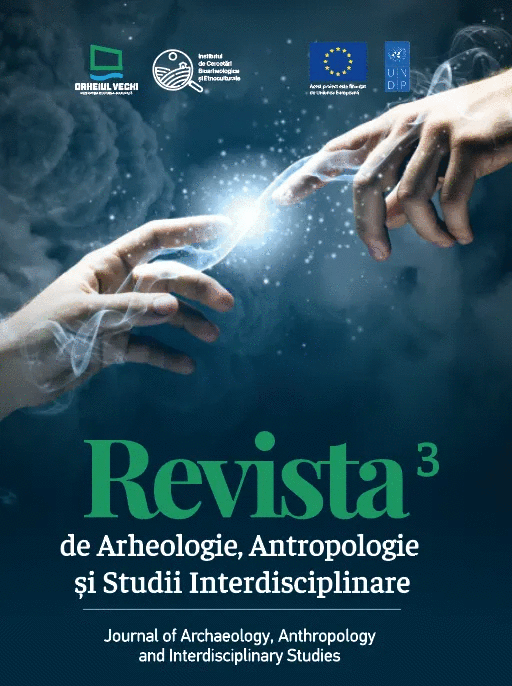Determinări dactiloscopice pe un vas ceramic aparţinând culturii Cucuteni, faza A
Dactyloscopic analysis on a ceramic vessel belonging to Cucuteni culture, phase A
Author(s): Adela Kovács, Ionela Luiza MelinteSubject(s): History, Archaeology, Fine Arts / Performing Arts, Visual Arts
Published by: Bons Offices – Casa Editorial-Poligrafică
Keywords: dactyloscopy; ceramic fragments; microscopy; Cucuteni culture;
Summary/Abstract: Even if forensics and archaeology are separate sciences, they have in common a methodology for searching and discovering the traces, as a result of human activities carried out in the past. An archaeological fingerprint on a single object can reveal four aspects: it provides a sign of an individual’s identity; it indicates when the individual was alive; it indicates the geographical area in which the individual lived; it indicates the action performed by a person, such as writing a text, sealing an object, having a specific job etc. The collection, storage and comparative use of data, preferably from the entire area of the Cucuteni culture, could reveal more details about the man behind the artefact. As for fingerprints that can be corroborated with other historical sources, they can provide information about the role, occupation, or authority of individuals within society, or they can provide information about the duration of individual activities. Regarding the information potential that we aim to obtain from this study, as well as from future ones, it is related to the possibility to demonstrate the existence of craft centres. Regarding the ceramic production within the Cucuteni culture, the existence of craftsmen was presumed due to the exceptional quality of the vessels, as well as some repetitive patterns of shape and decoration. Specifically, the same shapes, sizes and decorations are found in the same cultural phase. The same quality of clay processing and burning is observed in several settlements, along with the existence of special kilns for pottery, which led to the conclusion that there must have been a specialization of some people who were initiated in the art of pottery.
Journal: Revista de Arheologie, Antropologie și Studii Interdisciplinare
- Issue Year: 3/2021
- Issue No: 1
- Page Range: 7-36
- Page Count: 30
- Language: Romanian

